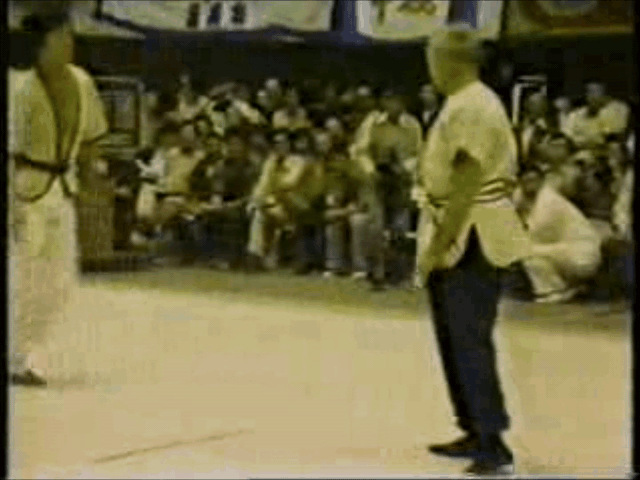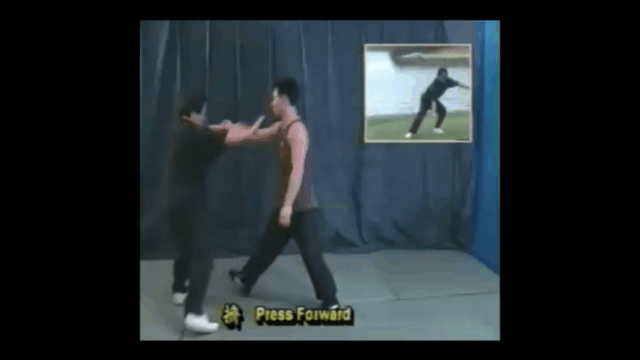"In the old days, Xing-yi, Taichi and Bagua were one art (same family). it says, Xing-yi hands, Taichi waist, and Bagua legs"
I can understand what this means in regards to the skillsets of "Xing-yi hands and Taichi waist", but can anyone explain what the Bagua legs skillset entails?
I can understand what this means in regards to the skillsets of "Xing-yi hands and Taichi waist", but can anyone explain what the Bagua legs skillset entails?


